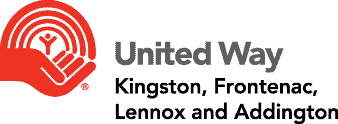KFL&A Community Profiles provide neighbourhood data
The profiles include data on child and youth population, population density and family demographics, as well as a detailed statistical picture of family economic resources for each neighbourhood.
“The benefit of this report lies in the specific information for each of the neighbourhoods,” says United Way President and CEO Bhavana Varma. “This level of detailed information will help service providers identify areas of strength and vulnerability on a neighbourhood-by-neighbourhood basis. This helps them when developing services and programs to address needs at the most local level.”
Profiles include local information about five core areas of childhood development that are known to be good predictors of adult health, education, and socialization, with separate breakdowns for nineteen KFLA neighbourhoods. The early years data in the report was generated using the Early Development Instrument (EDI), a Canadian-developed research tool that measures indicators of early childhood development. KFLA Kindergarten teachers administer the EDI checklist to each of their students to assess their readiness to enter Grade 1. All the information was gathered anonymously, and was not used as an evaluational tool for students, teachers, or school boards. The information was compiled and the scores calculated based on the students’ home postal codes to paint a clear statistical picture of the needs of each neighbourhood.
The five core areas measured by the EDI that appear in the Community Profiles report are:
- Physical health and well-being
- Social knowledge and competence
- Emotional health and maturity
- Language and cognitive development
- Communication skills and general knowledge
The 2020 report is the fourth of its kind. The United Way released similar reports in 2005 and 2010 and 2015 reports are available for download through the United Way website:
2010 Community Profiles Health







Leave a Reply